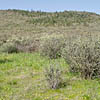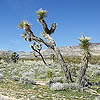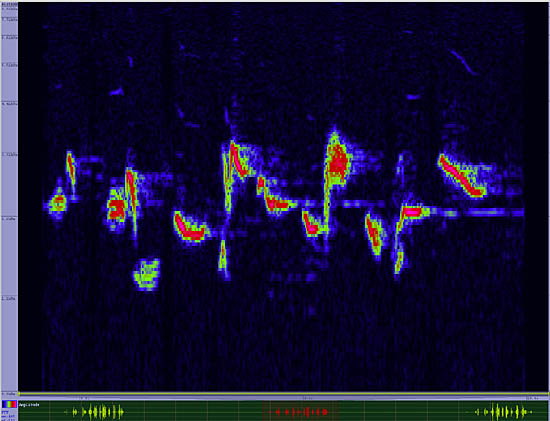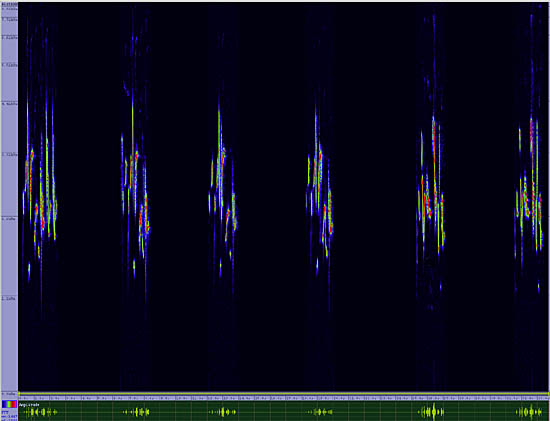Scott's Oriole
Icterus parisorum

Perching

Length: 9 in. (23 cm )
An obvious and beautiful occupant of open yucca and juniper grasslands, this oriole will also enter riparian forest. It eats insects and fruit, but it also fond of flower nectar. Thus it is relatively easy to attract to hummingbird feeders. The nest is a long hanging structure woven from yucca fibers and grass. It is usually placed high in an isolated tree or palm.
The four-digit banding code is SCOR.
Bibliographic details:
- Article: Scott's Oriole
- Author(s): Dr. Biology
- Publisher: Arizona State University School of Life Sciences Ask A Biologist
- Site name: ASU - Ask A Biologist
- Date published: 13 Jul, 2017
- Date accessed:
- Link: https://askabiologist.asu.edu/activities/bird/scotts-oriole
APA Style
Dr. Biology. (Thu, 07/13/2017 - 15:37). Scott's Oriole. ASU - Ask A Biologist. Retrieved from https://askabiologist.asu.edu/activities/bird/scotts-oriole
Chicago Manual of Style
Dr. Biology. "Scott's Oriole". ASU - Ask A Biologist. 13 Jul 2017. https://askabiologist.asu.edu/activities/bird/scotts-oriole
Dr. Biology. "Scott's Oriole". ASU - Ask A Biologist. 13 Jul 2017. ASU - Ask A Biologist, Web. https://askabiologist.asu.edu/activities/bird/scotts-oriole
MLA 2017 Style
Be Part of
Ask A Biologist
By volunteering, or simply sending us feedback on the site. Scientists, teachers, writers, illustrators, and translators are all important to the program. If you are interested in helping with the website we have a Volunteers page to get the process started.











